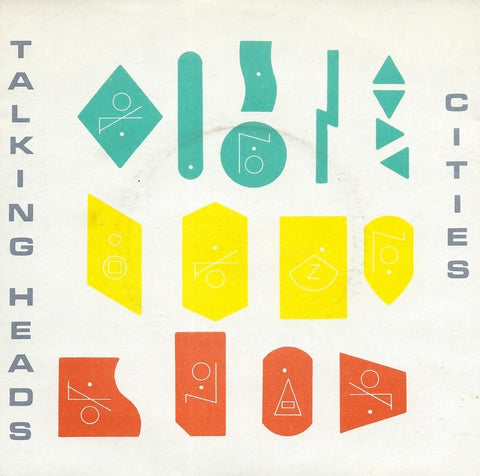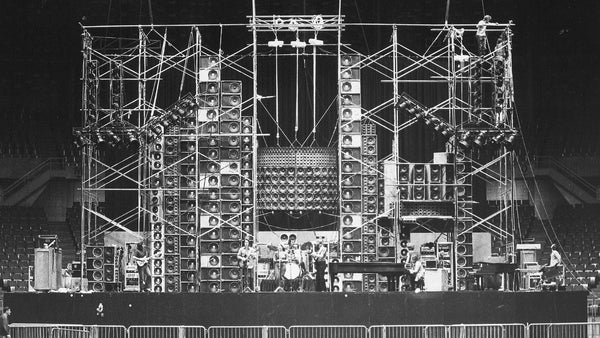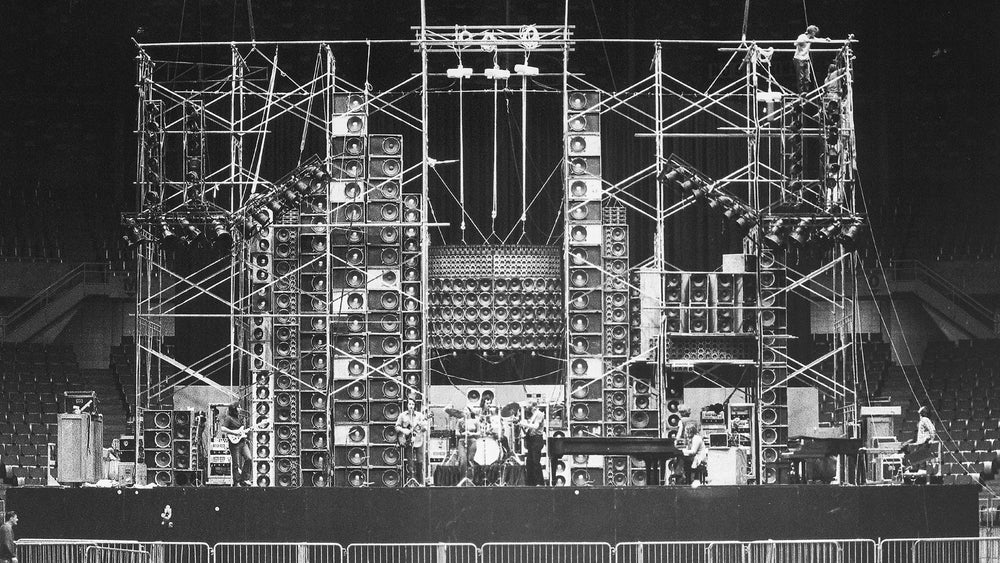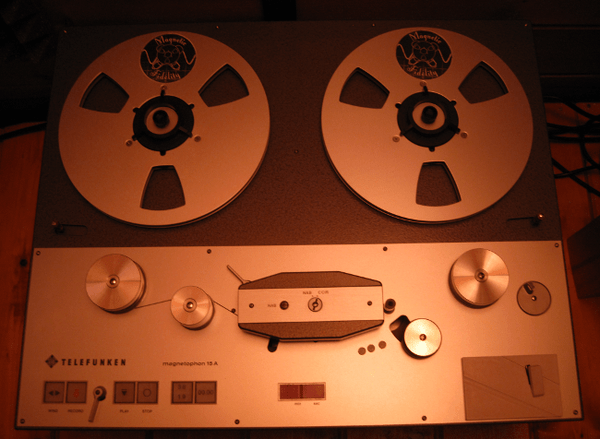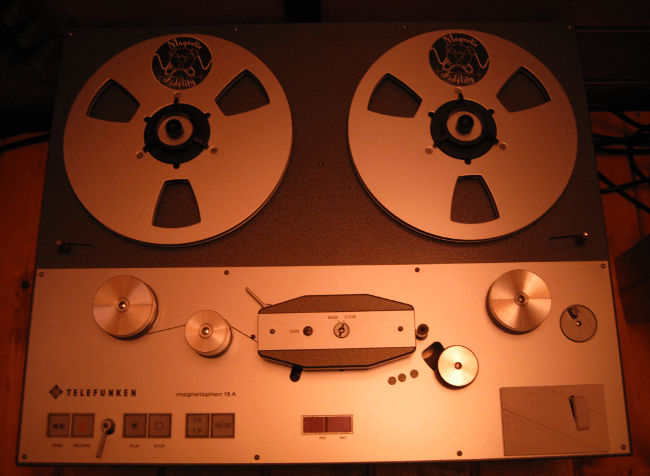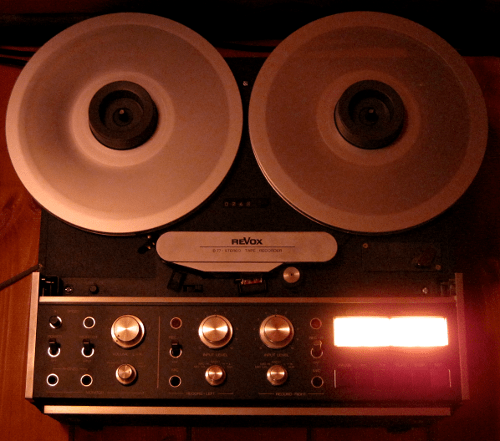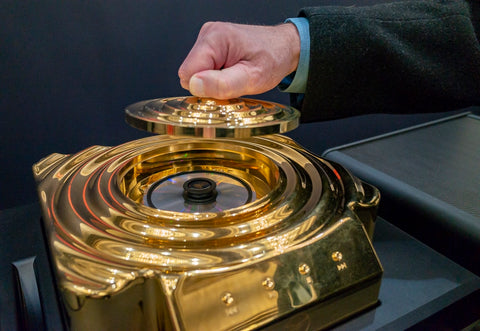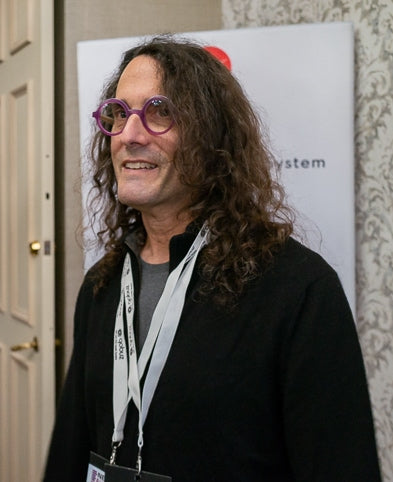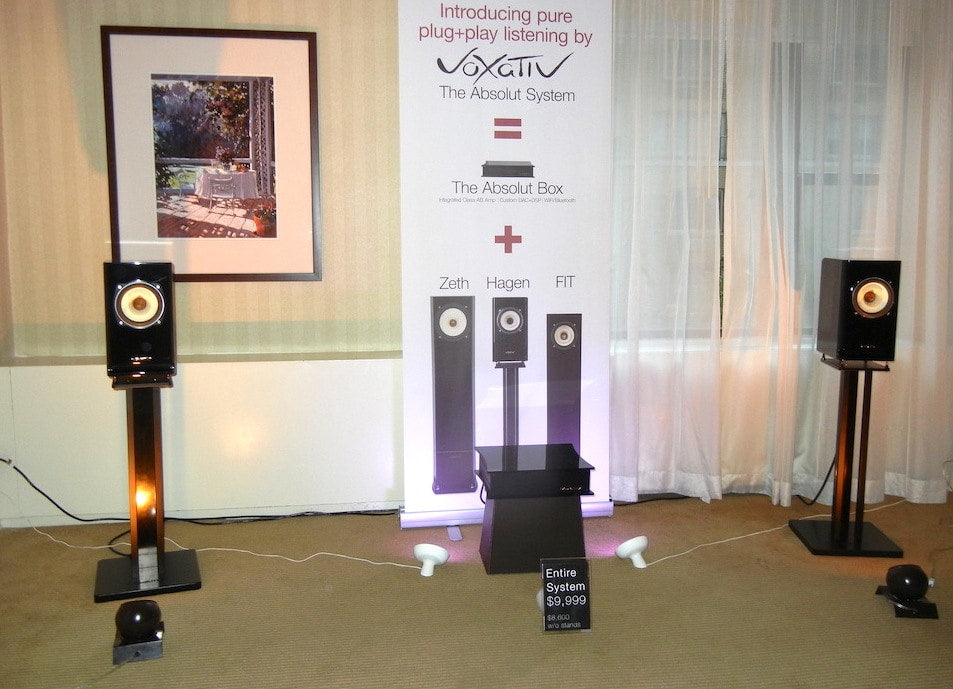All Along the Mayflower
Bob Dylan at the Beacon Theater, November 27, 2019
I am still on a writing sabbatical because I have to finish my first book [about the rock band Twisted Sister – Ed.] by the end of the year. I had no intention of returning to my various writing assignments until mid-January.
This changed (for a brief moment) after going to see Bob Dylan at the Beacon Theater in New York City last night, where the critic in me forced me to write a review.
I went to the show with my wife and old friends, one of them being Dylan’s first producer Richard Alderson, who produced Live at the Gaslight 1962, an album of early Dylan performances, and was the sound man for Dylan’s 1966 European tour in which Richard recorded nearly every show. In fact, the 35-CD package of these recordings was released last year on Columbia Records. Richard also recorded Dylan’s very first show at the Gaslight in NYC’s Greenwich Village in 1962. Richard is 82, Dylan is now 78 and I am, for context, 67 years old.
I have been a Dylan fan since I first heard the crack of the snare drum on “Like A Rolling Stone.” The very first song I ever sang in a band was that song, in a junior high school battle of the bands in 1966. I was in a band with a drummer named Paul Herman and another singer, a Chinese kid from the projects across the street from my house, named Bing Gong.
We called ourselves John, Paul and Bingo.
We were 13.
I recognize Dylan as a towering force in the history of American music. His lyrics were always beautifully mystifying when they weren’t socially devastating.
The Beatles, Stones, Dylan. All were incredible to me.
The masterful way other artists interpreted his songs – The Byrds (“Mr. Tambourine Man”), Peter, Paul and Mary (“Blowin’ In the Wind”) and the Turtles (“It Ain’t Me Babe”) to name but a few 1960s examples – exposed Dylan to millions of people who maybe wouldn’t have paid much attention otherwise.
I count “Don’t Think Twice, It’s All Right” as one of my personal favorites and one that I listen to with unending regularity.
Now, I have seen just about every artist of any consequence since my first-ever concert, which was the Weavers reunion at Carnegie Hall in 1963. (The very same concert on the famous Vanguard Records audiophile LP, The Weavers Reunion at Carnegie Hall 1963!)
Well…not the Beatles (my mother wouldn’t let me go), but I have seen Sinatra, Elvis, The Stones, Lennon, McCartney, Ringo (the last three as solo artists) Zeppelin, the Who, Pink Floyd, the Dead, the Airplane, Crosby, Stills, Nash and Young, Janis, Jimi, all during their respective golden years of around 1966 through 1972. I could go on with a longer list (I actually have one) but that would take way too long.
However, I never had a chance to see Dylan. Not deliberately, it just never happened. Until last night.
Frankly, as the years went by and from what I have been told by many friends over the years, I’d heard that Dylan live is a big disappointment. If you actually understand what he’s singing, I was warned, you may even be able to figure out what song he is playing.
This warning probably kept me away…until last night.
Could it have been any more convenient? Dylan was playing just a 10-minute walk from my apartment and Richard’s wife Jane Raab (a high school friend and TV producer – Sex and the City, Blue Bloods) asked me if I was interested in going to see the show. My wife asked, “Isn’t this a bucket list show for you?”
Well, yes it was and so we went. I decided at the last minute that I was going to review the show, not just go as a fan.
My wife had seen Dylan twice before and she walked out both times, as she thought the show(s) were an unintelligible nightmare. And still she wanted to see me watch him, and, I think, hope that he could somehow redeem himself…one last time.
The Good, The Bad and The Ugly…
The Good:
Dylan’s five-piece backup band was sensational. Total pros who could play anything. The stage set was very low key but dramatically lit. The sound mix was immaculate. Dylan’s voice, while not pronounced in the mix, was actually beautiful. Age has seasoned it like a fine whiskey. Smoky and richly nuanced.
The Bad:
The arrangements were not connected in any way (except for ”Ballad of A Thin Man”) to the original.
I have a huge problem with that.
I am a 47-year veteran of the music business and have performed live over 9,000 times.
Here is a universal truth: 95 percent of any audience wants to hear a song exactly as it is played on the records they own. Period. Oh, save your artistic interpretations and “respect for an artist’s choices.” I don’t buy it. Ever. It’s all BS. If you’re an artist and believe that the minions are just so happy that you came down from the mountain to exalt us with your new interpretation of a song you are fu*king delusional.
Yes, can you get away with a couple of these kinds of things during a show, probably, but why? Are you so bored as an artist that you have to do this crap just to get through another night? More BS. The responsibility of an artist is to give the audience what they want, not what you want.
Remember in a previous post when I tore into the Springsteen myth? However, one thing I did give Bruce credit for was that he gave his fans exactly what they wanted and that, in the end, is all that matters.
Dylan played 18 songs. I knew about half of them (and there were no major hits, either), but I couldn’t figure out what any of them were until about halfway through the song, when I could pick up a vocal nuance that led me to a lyric that I knew.
WTF?
The band was so good, they could play it any way Bob wanted to. It wasn’t the band, it was Bob’s idea to do it this way.
I promise you Bob, if you ever decided: a) to perform more of your biggest hits, b) actually address the audience more than just once and c) play the songs as recorded, you would make your fans really happy, not just grateful for the crumbs you threw.
I get no joy being this critical as I love Dylan’s music, but in the end, I did not get off at this concert. At all.
I am also strictly talking about my reaction and not anyone I went to the show with.
Just to be clear, if Dylan needs to play this kind of show, then do it at a small club and charge $20, with a warning that you will probably not understand anything being sung, but you will, at least for 90 minutes, share the same air as Dylan.
At $180 per ticket, I’d rather have donated the money to a charity than watch a show that was blowin’ in the wind.
Header image painting by Bob D’Amico.






















